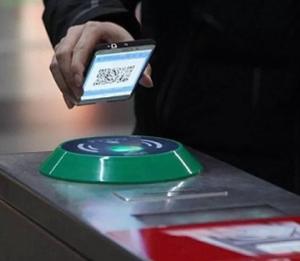NFC TIMES Exclusive Insight – China’s mega-mobile wallet providers have continued their rollouts of transit payments in China, with Tencent Holdings announcing Tuesday that two years after launching its first QR-code-based WeChat “Ride Code” service in Guangzhou, total users for its transit payments services has reached 100 million.
Tencent said it now offers Ride Code, which enables users to pay fares on buses, subways and ferries, in more than 120 Chinese cities, including Shanghai, Beijing, Shenzhen and Guangzhou. That’s up from 50 million users in 100 cities, which Tencent had disclosed last October, although the company did not define what constitutes a user, and its latest release stated that only 28 million tickets had been purchased by the 100 million Ride Code users over the past two years. If true, it could mean that many of the 100 million users have registered for the service but have not yet bought any tickets.
Still, expansion of Tencent’s Ride Code mini-program appears to be real. The more than 120 cities where it is offered span 28 provinces in China, including 16 cities in Shandong province alone. After launching in Guangzhou in July 2017, the next year Tencent launched Ride Code in Shanghai, Shenzhen and Beijing, along with a number of smaller Chinese cities. Its top three cities for Ride Code tickets sold are Xi’an, Jinan and Shanghai.

